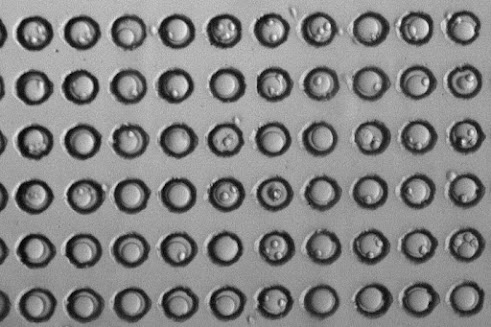The research team led by Dr Valentina Puntmann and Professor Eike Nagel from University Hospital Frankfurt and Goethe University Frankfurt followed up around 350 study participants without previously known heart problems who had recovered from a SARS-CoV-2 infection. They found that over half of them still reported heart symptoms almost a year later, such as exercise intolerance, tachycardia and chest pain. According to the study, these symptoms can be attributed to mild but persistent cardiac inflammation. Pronounced structural heart disease is not a characteristic of the syndrome.
After recovering from a SARS-CoV-2 infection, many people complain of persistent heart complaints, such as poor exercise tolerance, palpitations or chest pain, even if the infection was mild and there were no known heart problems in the past. Earlier studies, predominantly among young, physically fit individuals, were already able to show that mild cardiac inflammation can occur after COVID-19. However, the underlying cause of persistent symptoms, and whether this changes over time, was unknown.
A team of medical scientists led by Dr Valentina Puntmann and Professor Eike Nagel from the Institute for Experimental and Translational Cardiovascular Imaging at University Hospital Frankfurt followed up 346 people – half of them women – between the age of 18 and 77 years, in each case around four and eleven months after the documented SARS-CoV-2 infection. For this purpose, the team analyzed the study participants' blood, conducted heart MRIs, and recorded and graded their symptoms using standardized questionnaires.
















.jpg)
